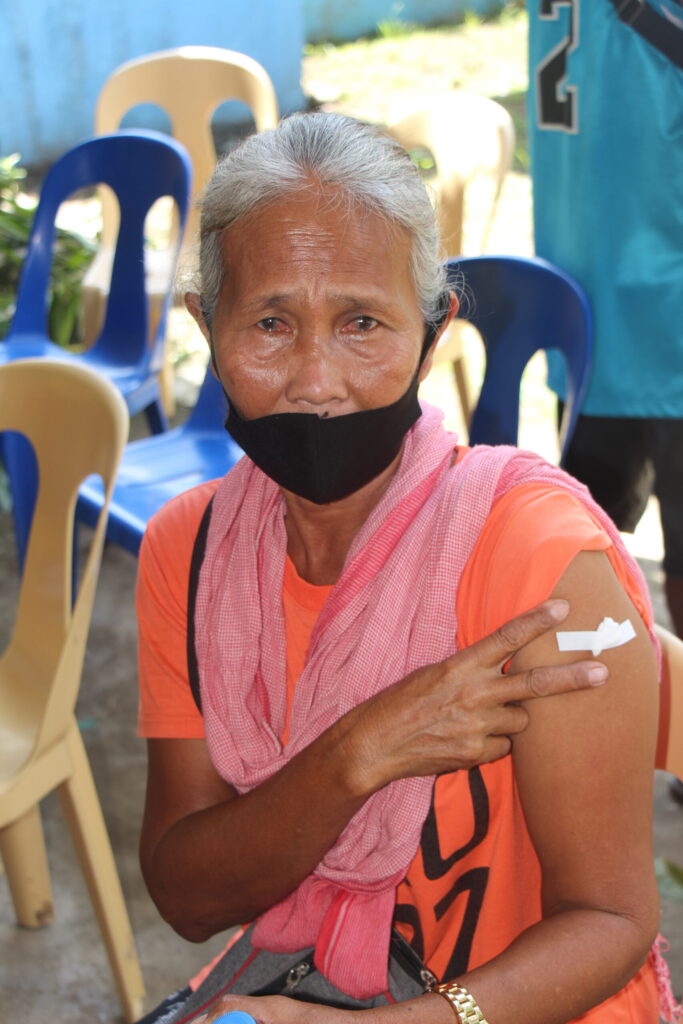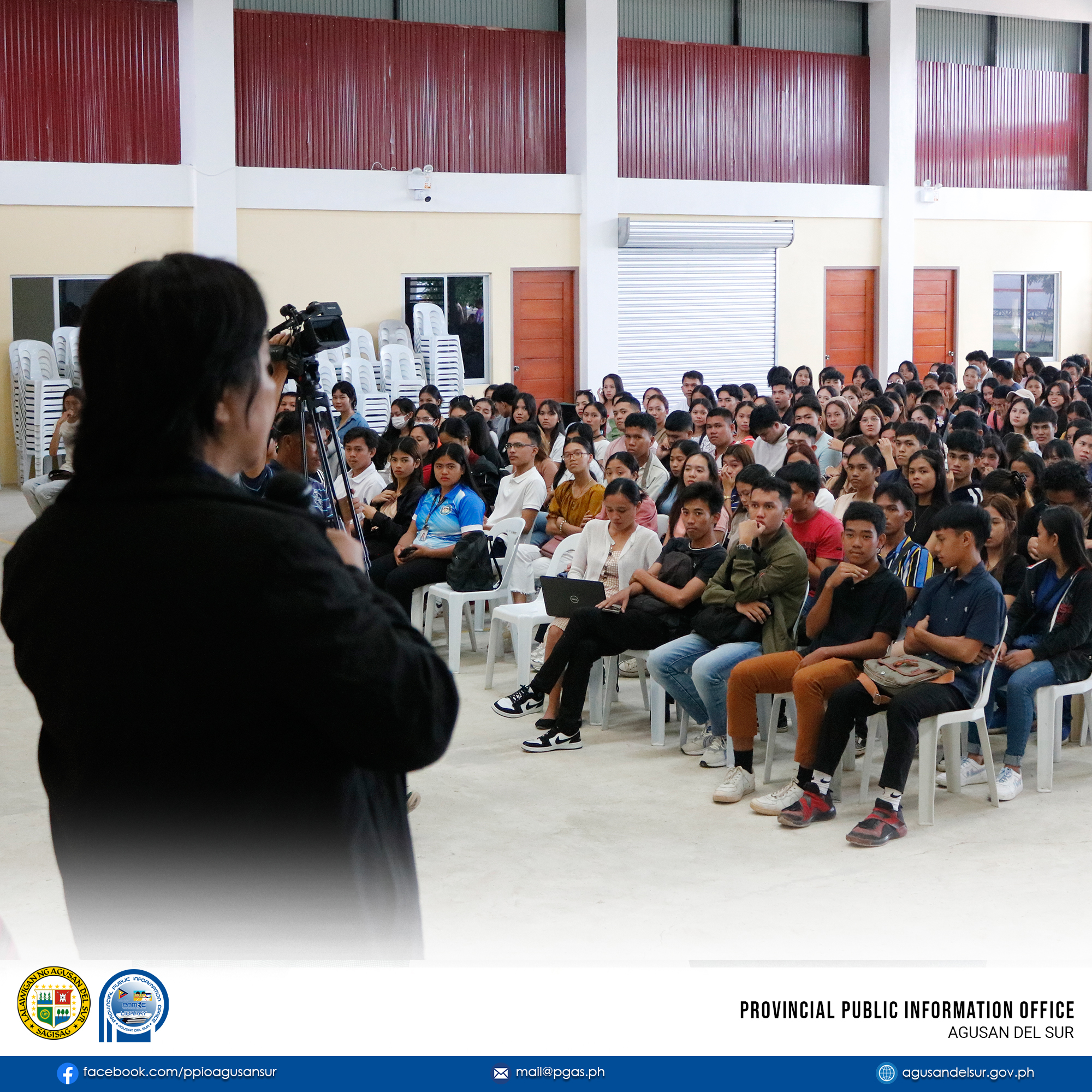Reasons why Higaonons have high vax rate


ESPERANZA, Agusan del Sur— The high vaccination rate against Covid 19 in the 23 villages on the western side of this town, which exceeded the local government’s 70 percent herd immunity goal, can be attributed to the Higaonons’ cultural tendency to be obedient and loyal to their tribal leaders.
According to Pauline Jaramillo-Ang, the municipal information officer with Higaonon ancestry through her mother, the 23 members of the council of elders of the tribe were the first to receive the massive anti-Covid vaccination that was administered in Esperanza last year.
Higaonons are expected to follow orders without question because that is part of their culture. “They’re not as brave or as aggressive as some of the other Lumad tribes,” Ang said.
According to Ang, the Higaonons are not only submissive, but also peaceful and unconfrontational people who value unity over conflict within their society.
During a tribal council meeting in the first quarter of last year, then-Mayor Leonida Manpatilan, a true-blooded Higaonon herself, urged the elders to get vaccinated first to set an example for the rest of the Higaonon tribe.
The request for the leaders to be models of Covid 19 vaccination drive was unanimously accepted by the council because the then town councilor, Deo Manpatilan Jr., was already the Higaonon supreme tribal chieftain at the time.
Dr. Maria Theresa Cacal-Labiao was the first to give a comprehensive presentation to the tribal leaders on the importance of vaccination in stopping the spread of the deadly disease.
Because the Covid 19 vaccine has the potential to be frowned upon in the lumad community of Agusan del Sur, a national government official expressed skepticism about whether or not they would agree to be vaccinated.
On his live TV show “Network Breaking News,” former Presidential Communications Secretary Martin Andanar asked then-mayor Leonida Manpatilan if the local indigenous population was hesitant about getting the Covid 19 vaccine.
The mayor, however, assured Andanar that the Higaonons, given their characteristics, would enthusiastically adopt any health-promoting government program.
Higaonons aren’t just submissive followers; they’re also fiercely loyal to their chiefs. Even after casualties on their side were reported during the 1990 pocket rebellion led by former Army Col. Alexander Noble against the government in the western villages, a group of armed men who called themselves Higaonon tribal warriors remained committed to his cause. Noble, who had been baptized as a Higaonon datu, continued to fight until October 1990.
Ang claims that whenever there is strife among the lumad communities, the leaders of the Higaonon are called upon to mediate. “They are good at resolving conflicts through ethnic rituals,” Ang said of Higaonon mediators.
The mediator would supply a long rattan pole, and the two sides would grip it tightly, as in a game of tug of war, before letting the mediator split the pole down the middle with a bolo called Bade. If the ratan pole would be cut down, it means the conflict has been resolved; otherwise, the mediator will return to the earlier rituals.





